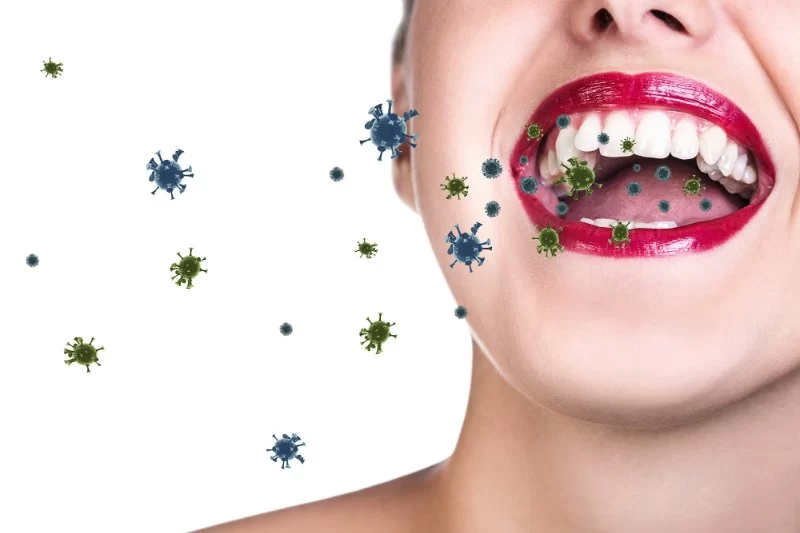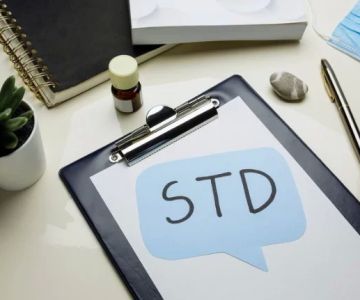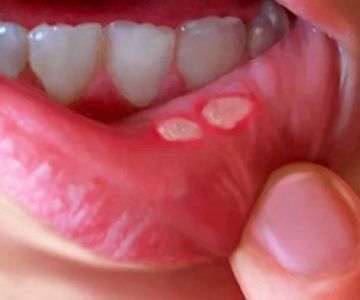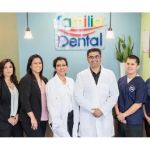
What Diseases Can You Catch from Oral Contact
1. Sexually Transmitted Infections and Oral Transmission
Oral sex is often considered lower risk than vaginal or anal sex, but it is not risk-free. Many sexually transmitted infections (STIs) can be spread through oral-genital or oral-anal contact, even when no symptoms are present.
1.1 Gonorrhea of the Throat
Also known as pharyngeal gonorrhea, this bacterial infection can be transmitted when a person performs oral sex on an infected partner. Symptoms may be absent or present as a sore throat, but the person remains contagious.
1.2 Chlamydia Infections
Though rarer in the throat than in genital areas, chlamydia can infect the oral cavity. It's often asymptomatic, which means regular screening is essential for sexually active individuals—especially those with multiple partners.
1.3 Syphilis Transmission
Syphilis is highly contagious in its early stages and can be transmitted through direct contact with sores during oral sex. These sores can appear on the lips, mouth, genitals, or anus. Untreated syphilis can lead to severe health complications.
2. Viral Infections Spread Through Oral Contact
Viruses are often more easily transmitted than bacteria during oral activities. While some cause lifelong infections, others can be managed with medication or self-resolve over time.
2.1 Herpes Simplex Virus (HSV)
Both HSV-1 (commonly oral) and HSV-2 (commonly genital) can be transmitted through oral sex. Someone with a cold sore caused by HSV-1 can transmit the virus to a partner’s genitals, causing genital herpes, and vice versa. Even without visible sores, the virus can still spread through asymptomatic shedding.
2.2 Human Papillomavirus (HPV)
HPV is the most common STI in the U.S., and it can be transmitted through oral contact. Certain high-risk strains are linked to oral and throat cancers. Many cases resolve naturally, but persistent infections can become dangerous over time.
2.3 Hepatitis B and C
Though less common via oral sex, transmission is still possible—particularly if blood is involved due to gum disease, sores, or cuts. Hepatitis B is more contagious and can survive outside the body longer, whereas hepatitis C is typically spread through blood-to-blood contact.
3. Non-STD Illnesses Transmitted Through Oral Contact
Diseases transmitted through oral contact aren't limited to STDs. There are several non-sexually transmitted infections that can still spread during kissing or oral activity.
3.1 Mononucleosis (“Kissing Disease”)
Caused by the Epstein-Barr virus (EBV), mono spreads through saliva. Shared drinks, kissing, or oral contact can all facilitate transmission. Symptoms include fatigue, fever, sore throat, and swollen glands.
3.2 Cytomegalovirus (CMV)
This virus is part of the herpes family and is spread through bodily fluids including saliva. CMV is usually mild in healthy people but can cause severe complications in those with weakened immune systems or during pregnancy.
3.3 Bacterial Meningitis
Though rare, some forms of meningitis are spread through saliva and close personal contact. If untreated, bacterial meningitis can be life-threatening within hours.
4. Oral Hygiene and Compounded Risk
Poor oral health can increase the risk of catching diseases during oral contact. Open sores, bleeding gums, or untreated cavities provide easy entry points for bacteria and viruses.
4.1 Gum Disease and Infection Entry
When the gums are inflamed or bleeding, pathogens can enter the bloodstream more easily. This makes it more likely for infections like HIV or hepatitis to take hold if exposed.
4.2 Brushing Before Oral Sex—Helpful or Harmful?
Surprisingly, brushing right before oral sex can increase risk, not decrease it. Brushing may cause micro-tears in the gums, which act as gateways for pathogens. It’s better to rinse with mouthwash or wait at least 30 minutes after brushing.
5. Preventive Practices for Safer Oral Contact
Understanding the risks is only half the battle. Taking practical steps can significantly reduce the likelihood of disease transmission through oral activities.
5.1 Use of Barriers
Dental dams, condoms, or flavored barrier sheets reduce the transmission risk of STIs during oral sex. Many people skip these due to lack of awareness or discomfort, but new materials have made them more user-friendly and available.
5.2 Regular Testing and Open Communication
Regular STD screenings—even when no symptoms are present—help catch and treat infections early. Honest conversations with partners about sexual health history can also prevent unexpected risks.
5.3 HPV Vaccination
Vaccines like Gardasil offer protection against multiple cancer-causing strains of HPV and are recommended for both males and females. It’s one of the best preventive tools available for oral-related HPV risks.
6. Real-Life Scenarios and Personal Health Lessons
Health stories bring the science into real life. Sarah, a college student from Ohio, noticed persistent sore throats and finally learned she had contracted HPV-related lesions in her throat from unprotected oral sex. She went public with her story to raise awareness among her peers, many of whom had never considered oral sex risky.
6.1 Misconceptions in Younger Populations
Research shows many teenagers and young adults believe oral sex is a “safe” alternative. Unfortunately, this misunderstanding has contributed to rising oral STI rates. Education needs to match reality—not assumptions.
6.2 A Dentist's Perspective
Dr. Leland, a practicing dentist in Denver, recalls detecting early signs of HPV in a patient’s throat during a routine cleaning. "He had no idea it was sexually transmitted," she said. "It started a life-saving conversation that led to early treatment." For trusted professionals like Dr. Leland, sites like Dentistry Toothtruth offer valuable guidance and service connections.







 Westgate Dental Arts3.0 (2 review)
Westgate Dental Arts3.0 (2 review) Coventry Family Dental4.0 (247 review)
Coventry Family Dental4.0 (247 review) Familia Dental3.0 (1028 review)
Familia Dental3.0 (1028 review) Dr. Daniel S. Fife, DDS4.0 (31 review)
Dr. Daniel S. Fife, DDS4.0 (31 review) Dentistry At Suburban Square: Michael I. Wollock, DMD4.0 (1228 review)
Dentistry At Suburban Square: Michael I. Wollock, DMD4.0 (1228 review) Comfort Care Dental4.0 (1156 review)
Comfort Care Dental4.0 (1156 review) The Importance of Oral Health Education During Pregnancy for a Healthy Pregnancy
The Importance of Oral Health Education During Pregnancy for a Healthy Pregnancy Why Skipping Dental Checkups Can Lead to Bigger Oral Health Problems
Why Skipping Dental Checkups Can Lead to Bigger Oral Health Problems Best Tips for Brushing Your Teeth Properly for Healthy Gums: Essential Techniques for Oral Health
Best Tips for Brushing Your Teeth Properly for Healthy Gums: Essential Techniques for Oral Health Advantages of Porcelain Dental Restorations
Advantages of Porcelain Dental Restorations How Can Diabetes Cause Tooth and Gum Problems? Preventing and Managing Oral Health Issues
How Can Diabetes Cause Tooth and Gum Problems? Preventing and Managing Oral Health Issues Healthy Habits for Promoting Good Oral Health and Hygiene: Tips for a Healthy Smile
Healthy Habits for Promoting Good Oral Health and Hygiene: Tips for a Healthy Smile